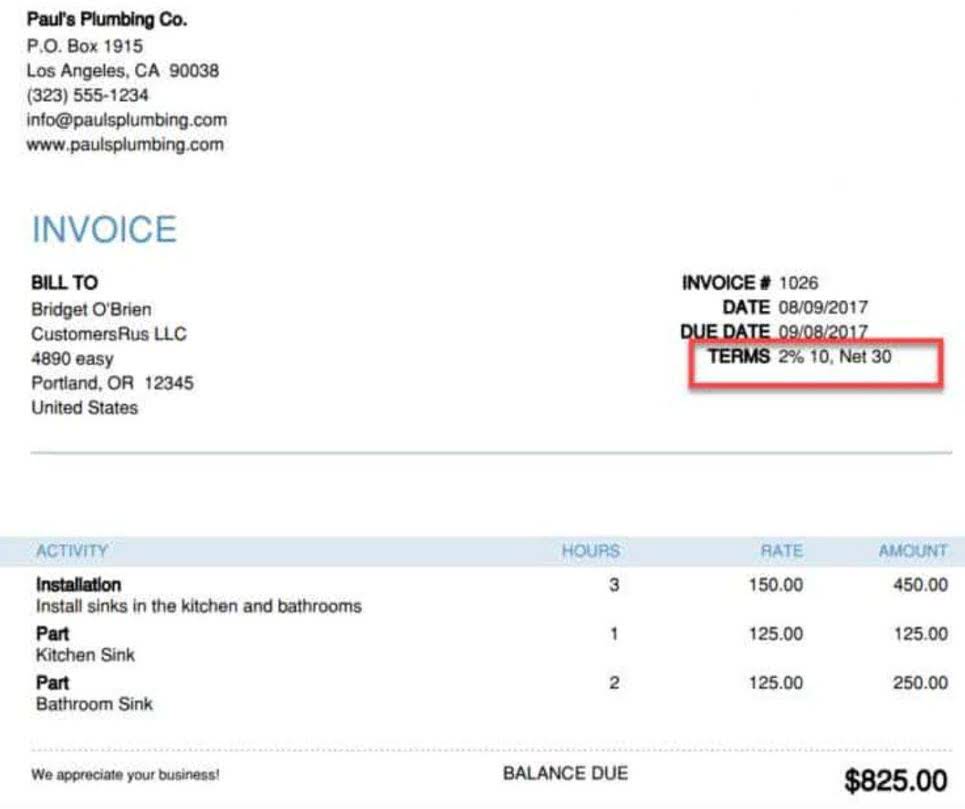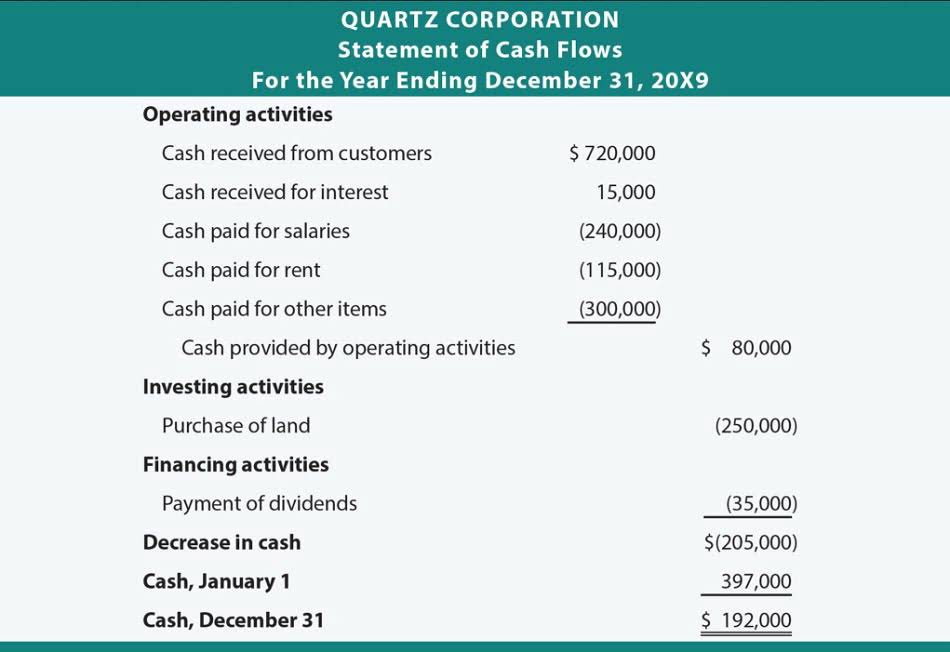
Explore your options today and take the first step toward stronger cash flow and sustainable growth. To wrap up our comprehensive guide on accounts receivable factoring, let’s address some frequently asked questions that business owners and financial managers often have about this financial tool. Remember, the key to success with factoring lies in understanding its nuances, carefully selecting a factoring partner, and integrating it effectively into your overall financial strategy. By doing so, you can harness the power of your receivables to drive your business forward, turning unpaid invoices into fuel for growth and success. By thoroughly understanding factoring accounts receivable meaning and exploring all available options, you can make an informed decision that best supports your business’s financial health and growth objectives.
- When a business factors its receivables, it’s essentially outsourcing its credit and collections process to the factoring company.
- It’s important to note that if interest rates are high, factoring companies may pay less for an invoice due to higher borrowing costs; if interest rates are low, they may pay more.
- It’s one of several types of receivables finance available to businesses, alongside other options like accounts receivable financing (also known as invoice financing), that can be used to boost working capital.
- But, before working with an invoice factoring company, it’s important to review the pros and cons and overall cost to determine if it’s the best financing option for the type of funding your business needs.
- Deciding the best option requires due diligence and thorough accounting for all costs.
- It involves submitting unpaid invoices to a factoring company, which provides a cash advance based on the invoice value.
Accounts receivable factoring costs

Accounts receivable represent the money owed to a business by its customers for goods or services delivered but not yet paid for, essentially reflecting future cash inflows recorded on the balance sheet. The cost of accounts receivable factoring with FundThrough is clear and upfront, Partnership Accounting involving a single fee. For detailed information on our pricing structure, we recommend that you to visit our pricing page. Early access to capital gives businesses more opportunities for investment and growth. You don’t have to risk missing out while you wait until your invoices come due. Her previous roles include senior financial writer at Better Mortgage, where she covered lending and the home buying process.
What are the two types of accounts receivable factoring or accounts receivable financing?

The factor then takes over receivables along with all relevant records and pays the cash to the seller after deducting the agreed fee. In addition to this fee, the factor may also retain a small percentage of receivables for probable events like adjustments for discounts, returns and allowances. The amount deducted in respect of such adjustments is usually refundable to the seller in case no event requiring such deductions arises. Also unlike a loan, the factoring company will look at your clients’ creditworthiness instead of your business’s to determine if they will work with you. We will discuss the benefits of accounts receivable factoring and how factored accounts receivable works throughout this article, and how it can safely help you grow your business to business (B2B). When you begin factoring your accounts receivable, it becomes even more complex.

Accounts Receivables Factoring Video

Hopscotch Flow makes invoice factoring even easier, taking fewer fees out of your payment and giving you accounts receivable factoring more control over your money. By accessing invoice payments upfront, companies can put that cash to work rather than waiting to take action. Factoring accounts receivable means selling receivables (both accounts receivable and notes receivable) to a financial institution at a discount.
- The cost of accounts receivable factoring with FundThrough is clear and upfront, involving a single fee.
- By doing so, you can harness the power of your receivables to drive your business forward, turning unpaid invoices into fuel for growth and success.
- This type of factoring often requires a personal guarantee, but may come with lower fees and higher cash advances.
- In short, accounts receivable automation software streamlines the entire collections process and accelerates cash flow.
Invoice Factoring Rates: What It Is and How It Works
- Under this arrangement, a business sells its invoices to the factory and receives cash payments immediately.
- Please read our article on reducing cash flow problems, as invoice factoring provides permanent working capital for your business.
- In recourse factoring, the business selling invoices retains the risk of customer non-payment.
- Factoring companies may also specialize in certain geographies or industries, like construction or trucking.
- Recourse factoring is a type of freight factoring where the seller retains the risk of non-payment by the debtor.
- In conclusion, when approached with careful consideration and strategic planning, accounts receivable factoring can be a valuable tool for business growth.
This content may include information about products, features, and/or services that SoFi does not provide and is intended to be educational in nature. Business lines—or operating lines—of credit are another commonly used form of post-receivable financing. This just means it’s financing after an invoice has been generated (purchase order financing is the inverse; it’s a form of pre-receivable financing). Factoring, on the other hand, will often cost 1.5%-3% per month (for an annualized rate of 20%-45%). On the due date (i.e., after six months), M/s X collects the same from the customer. Restaurant loans help to cover operating costs, purchasing equipment and managing inventory.
Accounts receivable factoring vs. accounts receivable financing

While freight factoring can provide many benefits, it also net sales comes with certain risks and drawbacks. One of the main risks is that the factor may not be able to collect payment from the debtor. Additionally, because the factor charges a fee for their services, the seller will ultimately receive less money than if they had waited for the debtor to pay.
